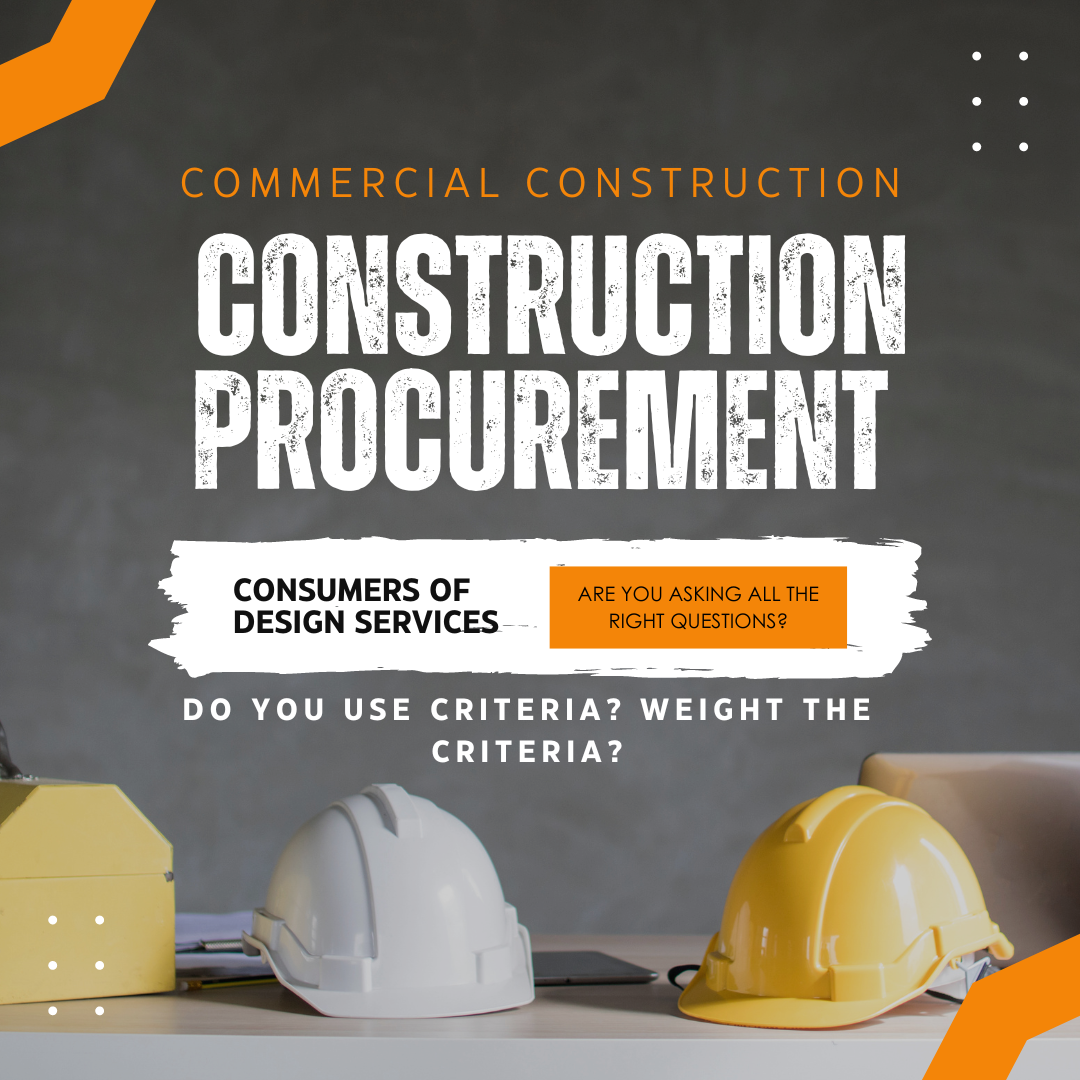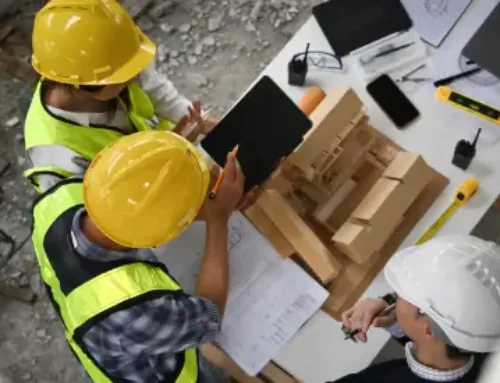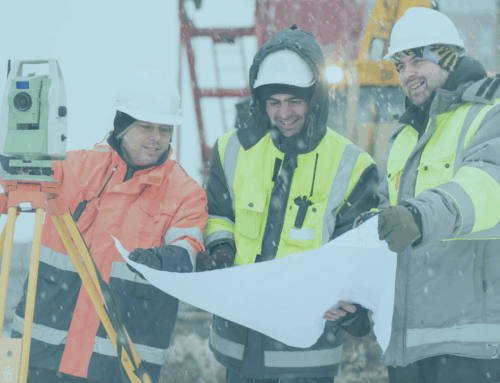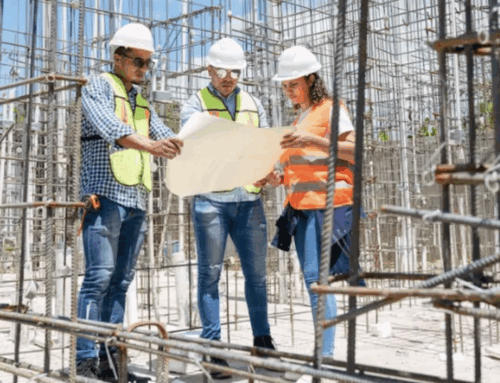Choosing the best design team for your commercial construction project is crucial for ensuring the project meets your goals in terms of aesthetics, functionality, and budget. Here are key steps to help you select the right team:
- Define Your Project Requirements
- Scope and Objectives: Clearly outline the scope, goals, and specific needs of your project.
- Budget and Timeline: Determine your budget and project timeline to communicate with potential design teams. Can they meet this expectation, why or why not?
- Research and Shortlist Potential Teams
- Experience and Expertise: Look for design teams with experience in projects similar to yours and don’t forget to ensure the designers are also suggested to work on the project to make the previous experience relevant. Don’t overlook similar characteristics or needs.
- Portfolio Review: Examine their portfolio to assess the quality, style, and variety of their previous work. Are the projects relevant, recent, and check the team who worked on these projects.
- Reputation: Check reviews, testimonials, and references from past clients.
- Evaluate Credentials and Qualifications
- Licensing and Certifications: Ensure the team has the necessary licenses and certifications required. Ensure you have the team member’s quals as well as the company.
- Professional Affiliations: Membership in professional organizations (e.g., AIA for architects) can be a good indicator of professionalism and expertise. Do they receive continuing education which is another sign of dedication to their field and their project delivery?
- Assess Communication and Collaboration Skills
- Short-listed Meetings: Schedule meetings with shortlisted teams to gauge their team members (safe as submitted?), communication skills, responsiveness, answers to questions, approach to your project.
- Team Dynamics: Consider how well the team collaborates internally and with other stakeholders, such as contractors and engineers.
- Client Interaction: Ensure they are open to incorporating your ideas and feedback into the design process.
- Check Technical Capabilities and Resources
- Technology Use: Evaluate their use of design software (e.g., BIM, CAD) and other technologies that can enhance the design process and project management.
- Capacity and Resources: Ensure the team has the capacity and resources to handle your project within the desired timeline. It’s best to explain what you want to see to prove capacity. Such as do they have additional designers to back up the team in-house? What is their current workload commitment?
- Review Proposals and Fee Structures
- Detailed Proposals: Request detailed proposals from the shortlisted teams, including scope of work, deliverables, timelines, and cost estimates.
- Fee Structure: Understand their fee structure and ensure it aligns with your budget. Compare costs while considering the value offered.
- Conduct Reference Checks
- Past Clients: Speak with past clients to get insights into their experiences, including the team’s reliability, quality of work, and adherence to timelines and budgets.
- Completed Projects: If possible, visit completed projects to see the quality of their work firsthand.
- Evaluate Creativity and Innovation
- Design Approach: Assess their approach to design and problem-solving. Look for teams that bring creative and innovative solutions to the table. If they always do this type of project maybe another firm will think outside the box? Who is suggesting new ideas or concerned about challenges but has solutions?
- Sustainability: Consider their experience with sustainable design practices and energy-efficient solutions, if important for your project.
- Ensure Alignment with Your Organization’s Vision
- Design Philosophy: Make sure their design philosophy aligns with your vision and the overall goals of your project.
- Flexibility: Choose a team that is flexible and willing to adapt to changes and unforeseen challenges during the project.
- Finalize the Agreement/Contract (do what you do here)!
- Contract Details: Ensure the contract covers all aspects of the project, including scope, timelines, payment schedules, deliverables, and dispute resolution mechanisms.
- Clear Communication: Establish clear lines of communication and regular check-ins to keep the project on track. This is so important. Expectations for project communication is critical. What do you need?
By following these steps, you can select a design team that not only meets your technical and professional requirements but also aligns with your vision and goals for your construction project. Anything we should add?






